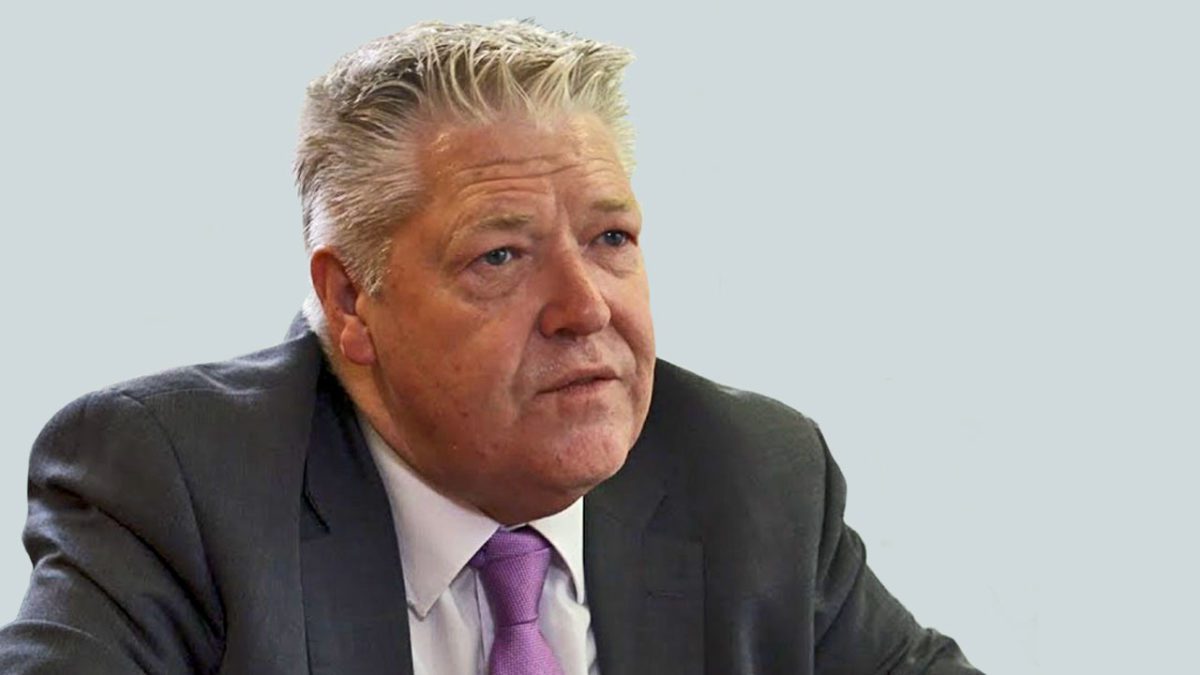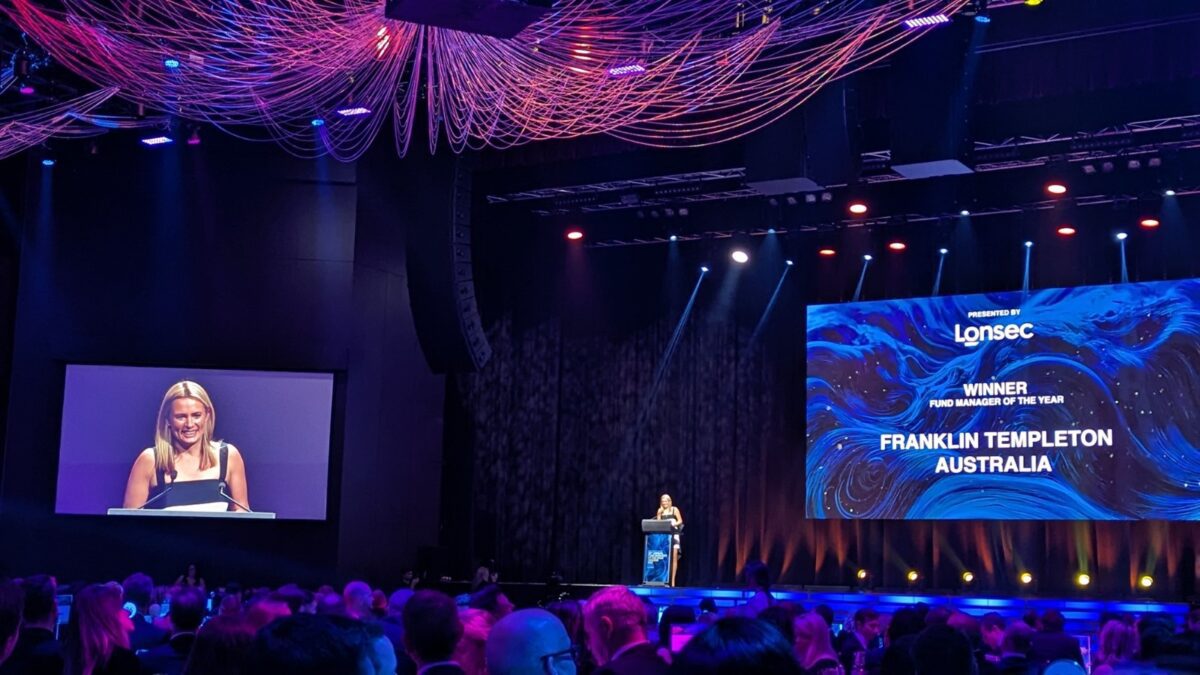Old mines a new bonanza for Theta Gold
If you want to find gold, one of the best theories to go on is to look where it’s been found before – and that’s what Theta Gold Mines Limited (ASX: TGM) has done.
Theta’s core project is located in the Eastern Transvaal Gold Fields of South Africa, where that country’s gold mining industry began almost 130 years ago – on its way to producing about half of all the gold ever mined.
The company’s core Theta project is near the historical gold mining town of Pilgrim’s Rest, in Mpumalanga Province, about 370 kilometres northeast of Johannesburg. On its ground, based around the old Pilgrim’s Rest and Sabie goldfields, Theta Gold has access to 43 historical mines and prospect areas that can be accessed and explored: these mines yielded more than 6.7 million ounces of historical production.
Over the last few years Theta has worked to assess the best strategy to bring the field back into production, through both underground and open-pit mining, targeting high-grade, near-surface gold reef deposits. Earlier this month, the fruits of that work were announced, with the release of the maiden underground pre-feasibility study (PFS) for the first three mines – Beta, Frankfort and CDM – which collectively form the TGME (Transvaal Gold Mining Estates) Underground project.
TGME Underground has reserves of 419,000 ounces at a grade of 5.49 grams per tonne (g/t), which will be delivered to the company’s nearby CIL plant (which will require refurbishment) over an initial life of-mine (LoM) period of 7.67 years. The Phase 1 PFS is based on only 16% of the 4.5 million-ounce underground gold resource: Theta Gold still has 3.5 million ounces of underground resources to develop, in order to extend LoM and increase production into the future.
Based on a forecast gold price of US$1,750 an ounce and a South African rand/US dollar exchange rate of 15.9 rand, the PFS estimates first gold nine months after commencement of mining, and a pay-back period from start of mining of 22 months.
The TGME mines will involve the mining of large, flat, narrow reef systems using mechanised long-hole stoping. By the third year, production will reach more than 60,000 ounces a year; the commissioning of another three mines will increase this to 160,000 ounces a year, with a total production target from the initial PFS of 350,000 ounces. The all-in sustaining cost (AISC) is about US$900 an ounce over the life of the mine: at full production, the AISC is estimated to run at about US$800 an ounce.
The combined reserves for the project stand at 579,460 ounces at just under 4 g/t, including open-pit resources, from a total mineral resource of more than 45.5 million tonnes at 4.17 g/t, giving more than 6 million ounces.
Measured and indicated mineral resources now stand at 1,668,200 ounces of gold, a figure that has more than doubled since June 2014.
The estimate of total (Measured, Indicated and Inferred) mineral resources on Theta Gold’s 62,000-hectare area of mining rights (nine separate rights) has more than doubled since 2017, from 2.99 million ounces to 6.11 million ounces.
The PFS “clearly demonstrates very strong project economics for the underground mines,” says Theta chairman Bill Guy. “But in real terms, we have only completed the study on 16% of the total of 4.5 million ounces of gold in the underground mineral resource.
“Because these are near-surface, high-grade parts of the reef system, our AISC of US$905 per ounce of gold sits in the bottom quartile of costs for South Africa,” Guy says. “The forecast EBITA is US$241 million from revenue of US$545 million; we think the total LoM capital expenditure (capex) figure is modest, at US$79 million.”
Guy says the next step will be to conduct a PFS on the Rietfontein mine, which currently has estimated mineral resources of 242,000 ounces of gold at 8.2 g/t in the Indicated category, and 537,600 ounces at 14 g/t in the Inferred category. As with Beta, Frankfort and CDM, the company believes that a significant percentage of the Indicated Resource can be upgraded to reserve status – this Rietfontein mining reserve can then be brought into the updated PFS to further increase the production profile.
“When you actually see them in 3D, the open-cut mines, the Theta prospect, and the underground project, Beta, they’re actually on the same ginormous reef system,” says Guy. “What the old-timers did a century ago was basically cut out some of the high-grade zones within this very large reef system – Rietfontein was about 18 g/t. We don’t need 18 g/t today, we can do 5-6 g/t quite happily.
“We can only really concentrate on the area where we already have indicated, because only an indicated resource can be converted to a mining reserve. But when you look around that, there’s nearly 600,000 ounces of inferred material just sitting around the edge of the existing mining complex. So it can only grow. We really see this underground PFS as a window into what can be achieved,” Guy says.
In effect, Theta Gold is addressing ongoing delays in open-pit permitting by focusing on underground mining, and moving the surface resources later in the mine schedule. “The way we see it, the underground and open-pit will probably come in back-to-back. It’s really about putting the high-grade material fully through the plant first, to get the best result, quickest payback, and not consuming our tailings capacity, because that’ll have to be extended later. It’s about synchronising all those conditions together,” Guy says.
Rietfontein, which is also shallow underground, has “never been through a pre-feasibility study,” he says. “Basically, we’ve got 580,000 ounces at 3.98 g/t, including open-pit resources. There’s 242,000 ounces available to us at Rietfontein in terms of indicated resource, to convert into a mining reserve, and that will come in later in the year. Assume we convert at around 63%, which we did for the initial underground PFS, then we’re at something like 680,000-700,000 ounces – then we’ve got enough to look at a bigger production profile. We’re looking forward to seeing how it all comes together. We think we’re telling a story that will just grow and grow.”
Given the progress Theta Gold has made on just 16% of its underground mineral resource – and incorporating only three mines out of the 43 historical mines across its project area – the company appears to have potential to make a real impact as a low-cost South African producer. As it works through 3D models covering more than 1,300 drill-holes over its ground, studying the linkages between reef systems, it would be a brave person to bet against this project growing in scope.
At 24 cents on the ASX, giving a market capitalisation of $120 million, Theta Gold appears under-valued on traditional measures, if Phase 1 of the TGME project can achieve its targets. US-based research firm Zacks Investment Research (in a sponsored report issued in April) certainly believes that: its valuation of TGM is 69 cents.









